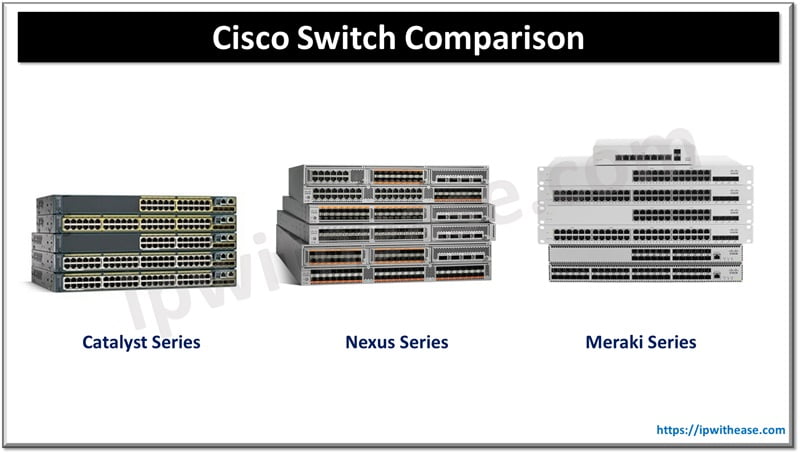Google ADs
MCT is the abbreviation for Multi Chassis Trunking in Brocade switching platform. With MCT, member links of the LAG are connected to two chassis. MCT is designed to increase network resilience and performance.
All links are active henceforth increasing the bandwidth in addition to meeting milliseconds failover after MCT link failure or MCT switch failure.
Related- MLAG (Multi-Chassis LAG)
Google ADs
Multi Chassis Trunking (MCT) related terminologies
Below are some of Multi Chassis Trunking related terms for anyone working on Brocade Switch family and planning to configure or design MCT considering Resiliency and sub-second failover in network –
Related- FDP in Brocade
- MCT peer switches: A pair of switches connected as peers through the ICL. The LAG interface is spread across two MCT peer switches and it acts as the single logical endpoint to the MCT client.
- MCT client: The Multi Chassis Trunking client is the device that connects with MCT peer switches through an IEEE 802.3ad link. It can be a switch or an endpoint server host in the single-level MCT topology or another pair of MCT switches in a multi-tier MCT topology.
- MCT Inter-Chassis Link (ICL): A single-port or multi-port GbE or 10 GbE interface between the two MCT peer switches. This link is typically a standard IEEE 802.3ad Link Aggregation interface. ICL ports should not be untagged members of any VLAN. The ICL is a tagged Layer 2 link, which carries packets for multiple VLANs. MCT VLANs are the VLANs on which MCT clients are operating. On the Brocade NetIron XMR or Brocade MLX series, non-MCT VLANs can co-exist with MCT VLANs on the ICL. However, on the Brocade NetIron CES and Brocade NetIron CER, only MCT VLANs are carried over ICL.
- MCT Cluster Communication Protocol (CCP): A Brocade proprietary protocol that provides reliable, point-to-point transport to synchronize information between peers. CCP comprises two main components: CCP peer management and CCP client management. CCP peer management deals with establishing, and maintaining TCP transport session between peers, while CCP client management provides event-based, reliable packet transport to CCP peers.
- MCT Cluster Client Edge Port (CCEP): A physical port on one of the MCT peer switches that is a member of the LAG interface to the MCT client. To have a running MCT instance, at least one Link Aggregation Interface is needed with a member port on each peer switch.
- MCT Cluster Edge Port (CEP): A port on MCT peer switches that is neither a Cluster Client Edge Port nor an ICL port.
- MCT VLANs: VLANs on which MCT clients are operating. These VLANs are explicitly configured in the MCT configuration by the user. NOTE: For MCT VLANs, MAC learning is disabled on ICL ports, while MAC learning is enabled on ICL port for non-MCT VLANs.
- MCT Session VLANs: The VLAN used by the cluster for control operations. CCP protocol runs over this VLAN. The interface can be a single link or LAG port. If it is LAG port, it should be the primary port of the LAG. Note: MCT session VLAN’s subnet will not be distributed in routing protocols using redistribute commands
- RBridge ID: RBridge ID is a value assigned to MCT nodes and clients to uniquely identify them, and helps in associating Source MAC with an MCT node.
- MDUP: MAC Database Update Protocol
- CL: Cluster Local MACs
Reference –
ABOUT THE AUTHOR

Founder of AAR TECHNOSOLUTIONS, Rashmi is an evangelist for IT and technology. With more than 12 years in the IT ecosystem, she has been supporting multi domain functions across IT & consultancy services, in addition to Technical content making.
You can learn more about her on her linkedin profile – Rashmi Bhardwaj



